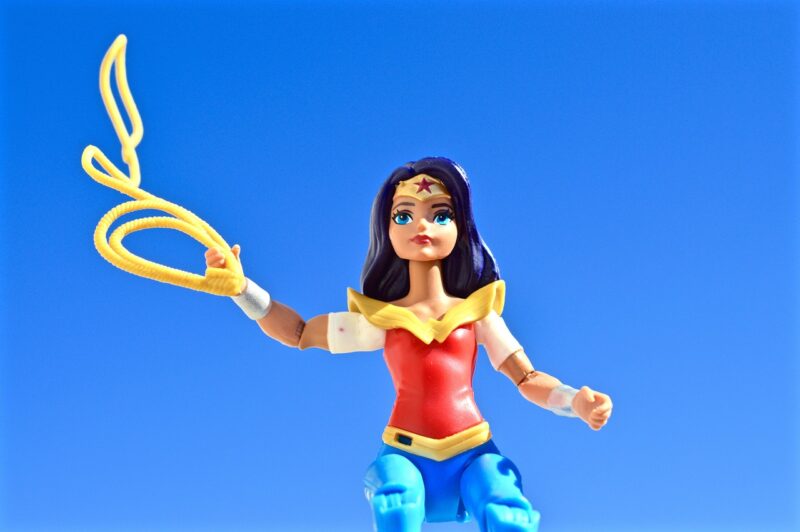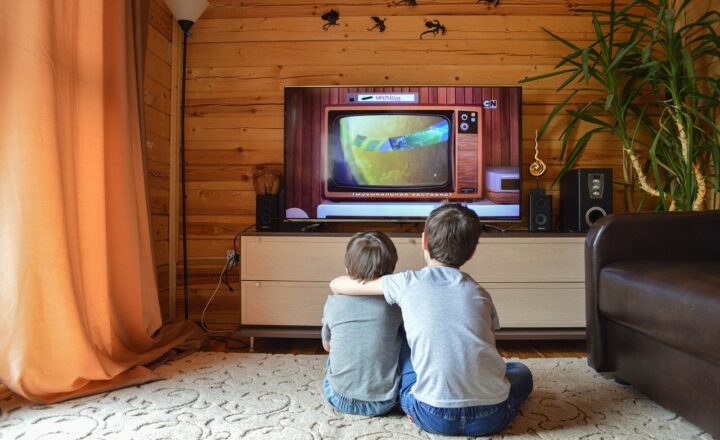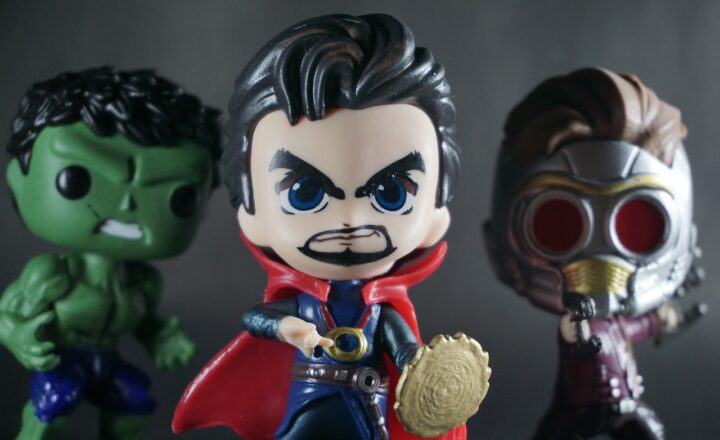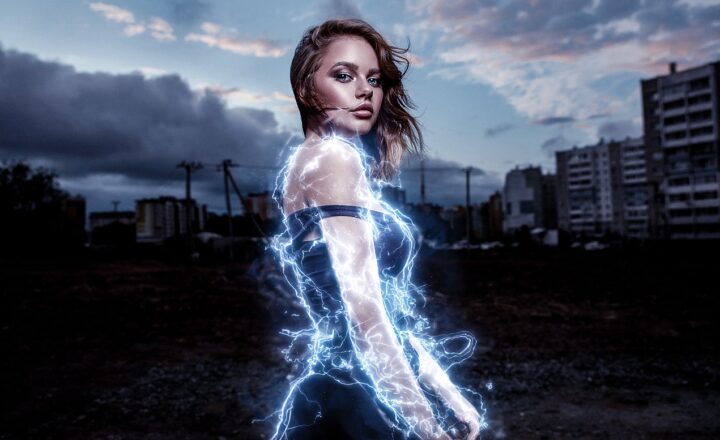
For decades, female characters in comics were often relegated to specific roles: the damsel in distress, the sidekick, or the eye candy. However, in recent years, an important transformation has been happening within the comic book industry. Female characters are becoming more complex, multifaceted, and integral to the narratives they inhabit. This shift reflects broader changes in societal attitudes towards gender and the growing demand for diverse representations in popular media.
1. The Evolution of Female Characters in Comics
The journey of female characters in comics began with early depictions of women as mere accessories to male superheroes. Characters like Wonder Woman, introduced in 1941, broke some ground but were often overshadowed by their male counterparts. Even in her portrayal, there were limitations: she was typically shown as a warrior for love, highlighting archetypal gender roles.
Throughout the decades, some progressive female characters emerged, but the majority often fit comfortably within traditional stereotypes. The 1990s saw an explosion of more aggressive and sexualized versions of female characters, like the scantily clad femme fatales. These portrayals raised questions about the way women are depicted in media.
However, the last decade marks a turning point; writers and artists are increasingly challenging the status quo, crafting female characters with depth and agency. New comic series and reboots of existing titles have made it a priority to develop women as fully realized characters, and this article delves into some notable examples.
2. Breaking Stereotypes Through Strong Characters
As comic books adapt to a changing social landscape, the emergence of strong, independent female characters reveals a broader movement towards inclusivity. Writers like Ta-Nehisi Coates and G. Willow Wilson have helped reimagine iconic characters while introducing new ones that resonate with a diverse audience.
Kamala Khan – Ms. Marvel
Kamala Khan, a Pakistani-American teenager, became the first Muslim character to headline her own Marvel comic in 2014. What makes Kamala significant isn’t just her superhero powers; it’s her relatability as she navigates cultural identity, teenage struggles, and family expectations. Kamala’s journey connects with readers on a personal level and demonstrates that a strong female character can also embody vulnerability and complexity.
Jessica Jones – Breaking the Glass Ceiling
Jessica Jones, introduced in the early 2000s, stands in stark contrast to many typical female heroes. As a private investigator and a former superhero, Jessica embodies resilience and the fight against personal demons, including trauma and mental health issues. Her stories, particularly in the acclaimed Netflix series, delve into darker themes like abuse and recovery, illustrating that female characters can confront severe real-world issues while still maintaining their agency.
These characters and others represent a shift towards more substantial storytelling, where female protagonists are not only ambitious and empowered but also nuanced in their personal journeys.
3. The Role of Diverse Voices in Comics
The transformation of female characters in comics also stems from the influx of diverse voices within the industry. Female writers and artists provide fresh perspectives, allowing for richer narratives that broaden the scope of female representation. From creators like Marjorie Liu and Amanda Conner to artist Afrodita Epson, these women are influencing the industry by telling stories about female experiences that reflect real-world complexities. Their contributions foster a more significant variety of character types.
Moreover, minority voices are not just limited to gender; the intersectionality of race, sexuality, and socio-economic backgrounds adds layers to characters that resonate deeply with new audiences. Characters like America Chavez and Riri Williams (Ironheart) illustrate how diversity can create characters that inspire and empower young readers from varied backgrounds.
4. Cultural Expectations and Representation
Comic books serve as reflections of societal norms and anxieties, and the portrayal of female characters is no exception. The past decade has led to an increasing awareness of the importance of authenticity in representation. This shift is observable not just in the characters themselves but also in how they engage with the world around them.
For instance, series like “Bitch Planet,” created by Kelly Sue DeConnick, challenge societal norms by featuring women who defy traditional roles and expectations. This feminist dystopia critiques the concept of a “perfect” woman and addresses issues of body positivity, autonomy, and systemic oppression. By offering contrasting narratives to those historically associated with female characters, these stories push boundaries and make room for more substantial conversations.
5. Conclusion: The Future of Female Characters in Comics
The increasing complexity of female characters in comics reflects important cultural shifts and the ongoing demand for diverse storytelling. While there is still room for growth, the emergence of layered and relatable female characters signals that the future of comics is not just male-dominated.
As audiences continue to express their desire for authentic representation, it seems likely that female characters will continue to evolve to encompass a broader range of experiences and personalities. The next generation of comic creators will carry this torch, paving the way for even more innovative and fascinating female characters that resonate across demographics and transcend traditional comic book narratives.
So, whether you’re a lifelong comic fan or a newcomer to the genre, keep an eye out for these evolving narratives. They not only tell entertaining stories but also enrich the culture of comics and contribute to a more equitable society.







